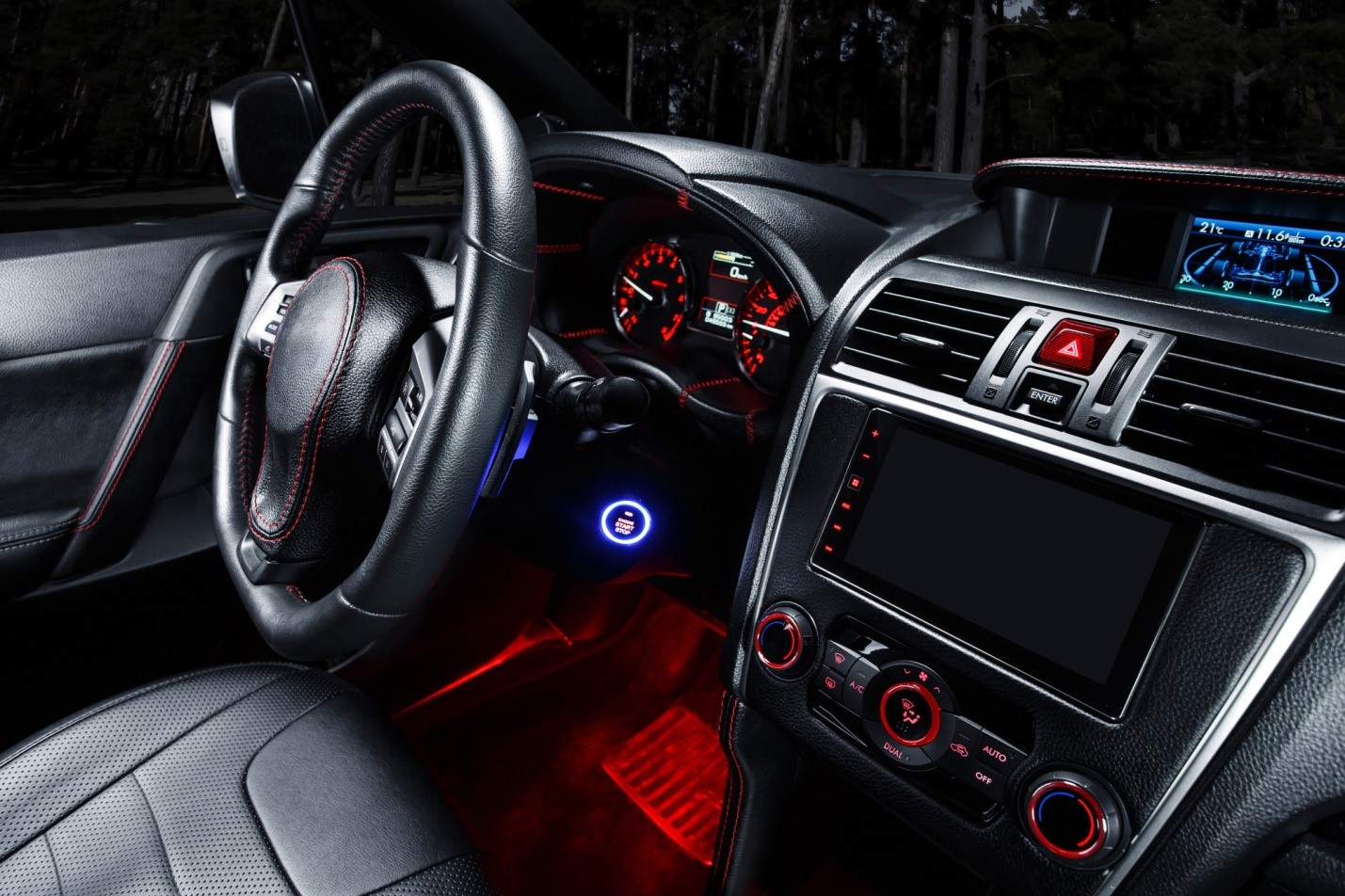[ad_1]
Japan, home to the most technologically advanced culture, has several of the largest automotive manufacturers in the world. High standards of quality control, reliability, affordability and efficient engineering have led Japanese manufacturers to be a dominate force in the global automotive market. In this article, a comparison will be made between Japan’s modern engine-design methodology to use smaller-capacity, high revving, turbo charged engines, and that of America’s tradition of using large-capacity, low-revving, naturally aspirated engines. Japan’s most technologically advanced performance engine, the 2JZ-GTE, will be compared against America’s newest high performance engine, the LS2. The 2JZ-GTE engine manufactured by Toyota is a 3 litre (2997 cc), dual overhead cams, inline 6 cylinder powered by two sequential turbos and found in the Supra. Manufactured by General Motors, the LS2 is a 6 litre (5967 cc), 8 cylinder (v-configuration) pushrod engine found in the Corvette.
When comparing performance engines, the main thing that matters is the amount of power and torque the engine produces, right? Err…well yes, and no. There are many factors to consider when comparing engines. However, first, let’s take a side-by-side comparison of the power and torque figures for each engine. General Motors’ LS2 puts out an impressive 400 horsepower at 6000rpm, and 530nm of torque at 4400rpm. Toyota’s 2JZ-GTE makes a modest 320 horsepower at 5600rpm, and 440nm of torque at 3600rpm. From inspection of these figures, it looks like we have a clear winner. The LS2 makes more power and more torque, so why do I believe the 2JZ-GTE is a superior performance engine? An important factor rests on the size of the engine, the LS2 is exactly double the size of the 2JZ-GTE, yet the power and torque figures are not even 25% greater. Why the high level of inefficiency?
The problem with the LS2 is that the engine possesses several fundamental design flaws and relies on outdated technology. The LS2 is of a pushrod design, technically speaking, this means it is a type of piston engine that places the camshaft below the pistons and uses pushrods to actuate lifters or tappets above the cylinder head to actuate the valves. Pushrod engines are an old technology, which have largely been replaced by overhead cam designs in Europe and Japan.
Pushrod design is plagued with several problems. Firstly, pushrod engines suffer from a limited capacity to rev compared to overhead cam designs. This is due to their larger rotational mass, susceptibility to valve “float”, and a tendency for the pushrods themselves to flex or snap at high rpm. The LS2’s redline is at 6500rpm, compared to the 2JZ-GTE’s higher 7200rpm redline. Secondly, pushrod engines have limited valve flexibility. Most pushrod engines only have two valves per cylinder (such as the LS2). Overhead cam engines, however, often use three, four or even five valves per cylinder to achieve greater efficiency and power. The 2JZ-GTE has four valves per cylinder, making a total of 24 valves for the engine. The LS2, with its two valves per cylinder, has a total of 16 valves for the engine.
In the form of twin sequential turbo chargers perhaps the biggest innovative feature of the 2JZ-GTE compared to the LS2 is its use of forced induction. Due to the 2JZ-GTE having a low compression ratio, it allows turbo chargers to be run. A turbo charger is a device that compresses the air flowing into the engine. The advantage of compressing the air is that it lets the engine squeeze more air into a cylinder, and more air means that more fuel can be added. Therefore, you get more power from each explosion in each cylinder. Turbo charging is perhaps the most efficient way to get power out of an engine – both small and large.
By using turbo chargers on smaller capacity engines Japan has been able to create extremely light, high-revving engines that are easily modified and have excellent fuel economy. Simple modifications on turbo cars allow for huge performance gains, especially in comparison to naturally aspirated engines. As an example, the 2JZ-GTE with an aftermarket exhaust, front mount intercooler and running a higher boost setting puts out significantly more power than the LS2. If one spends more money, the gains can be enormous. To extract power from a naturally aspirated engine is significantly more work. Firstly, if you are chasing big power, you really need to open the engine and do internal modifications for extra power, unlike a turbo engine that can be modified effortlessly, without opening up the engine. Power is often extracted from naturally aspirated engines by modifying the camshafts and doing work to the head of the engine. These modifications are both expensive and significantly alter the ‘street friendliness’ of your car. That is, produce a rough idle, have a tendency to stall and poor fuel economy.
With all the praise I have been giving the 2JZ-GTE it may seem that the LS2 engine is a poor performance engine. This is certainly not the case, one only needs to look at the stock power figures to realise that straight out of the car dealership this engine is seriously fast, with neck-snapping torque. Its design may be old-fashioned and its fuel economy poor but there is no doubt about it. If you are after the V8 rumble many Australians long after, then you will definitely be happy with the LS2. The LS2 is very ‘street friendly’ with 90% of its torque available just off idle. This equates to effortless towing, overtaking and a pure adrenalin rush every time you tap the throttle. Furthermore, the LS2 does have some advantages over the more advanced 2JZ-GTE engine. The LS2 is a far less complex engine, and as such, when something goes wrong it is much easier to identify the cause and solve the problem. More so, because the LS2 is naturally aspirated (unlike the 2JZ-GTE) there is far less stress placed on the internal components of the engine and thus, you would expect a longer engine life than the 2JZ-GTE.
Currently with fuel prices reaching an all time high, it is important to make sure your engine has the optimum balance between performance and fuel economy. Yet again the 2JZ-GTE outperforms the LS2. This is due to the capacity of the engine, with the Toyota being 3 litres and the GM engine being 6 litres in capacity. With exactly twice the displacement, unsurprisingly the LS2 uses more petrol. However, this is not by any means saying the 2JZ-GTE has good fuel economy. Unfortunately, power does come at a cost and both engines discussed are not economical.
The 2JZ-GTE has numerous features of intelligent design, which contribute to its strength and robustness as a motor. Two of its most advanced features are the use of sequential turbos and VVT. VVT stands for Variable Valve Timing and it is an advanced technology in overhead cam engines where, a mechanical device is used to swap over between a ‘small’ cam for low and medium revs and a ‘big’ cam for high revs. This allows good drivability at low revs and excellent high-powered acceleration at high revs. However, the 2JZ-GTE’s prime feat of engineering is its use of sequential turbos. Having twin turbo chargers allows a small primary turbocharger to spool up early and give excellent boost response at low revs and then a secondary turbocharger to be phased in further up in the rev range for incredible top-end power. By having this setup, it allowed Toyota to create an engine with phenomenal response anywhere in the rev range and also leave the way open for serious modification potential.
To conclude, size definitely does not matter as far as performance car engines are concerned. Japanese performance engines are using new technologies such as turbo charging and VVT to obtain phenomenal power and torque figures similar to that of engines double their size. The 2JZ-GTE from a technical and engineering design perspective is far superior in every aspect than the outdated technology featured in the LS2.
[ad_2]











